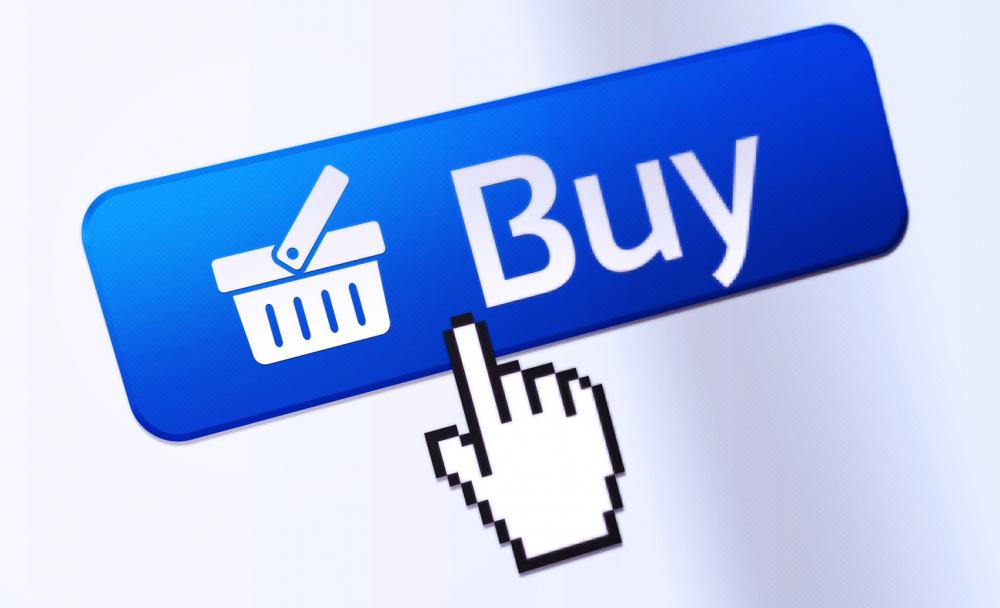The buy button – a convenient way to make purchases for items that look appealing to consumers, or gain access to certain goods without needing to visit a retail site. Marketers are looking for more ways to offer this buy button for people to use – but is it really as popular as it appears?
VentureBeat recently reported the findings of a study conducted by Campaigner, indicating that 36 percent of those polled see some form of increase in sales by utilizing buy button integration. While only 22 percent found a way to use them (in one form or another) last year, 60 percent stated that they were willing to find a way to utilize it in effective formats.
Those formats, based on the article, are highly used on a daily basis. “Email and Facebook were the first platforms to embrace buy buttons because they are the most content-based,” said E.J. McGowan, general manager for Campaigner. “Twitter is great for engaging with contacts, but it is difficult to showcase product offerings with a character limit.
“We believe buy buttons are still on the rise, and just because marketers are prioritizing certain platforms doesn’t mean they won’t leverage others down the line. We’re intrigued to see plans develop for Pinterest implementation and predict that (its) platform could be a huge opportunity for marketers in 2016.”
Email continues to be a strong point when it comes to marketing priorities for brands. Website optimization and personalization are also being considered, though not as highly. “Website optimization and personalization are definitely important components of a successful email marketing strategy, so we’re pleased to see that marketers are prioritizing them this year,” McGowan said. “However, not focusing on hyper-personalization could be a significant missed opportunity. Creating a highly personalized contact-brand relationship is becoming increasingly important, especially in the age of email overload.”
There are still difficulties ahead, though. “Hyper-personalization, like any personalization, is difficult,” McGowan said. “First, it’s challenging to ensure you have clean data across multiple fields (i.e. gender, purchase history, income, etc.). Then it’s really a two-step process: First you must gather and maintain the data, and then the email creator must be able to leverage that data in creative ways that will create a highly personalized message for the individual contacts.”
That said, returns can be plentiful if done the right way. “The ultimate results are worth the effort,” McGowan said. “Marketers should be careful not to overlook the value of hyper-personalization, beyond the standard ‘Hi, first name’ personalization tactics. Reinforced hyper-personalization efforts could truly make a positive impact.”
Meanwhile, GlobalWebIndex conducted its own findings on the popularity of buy buttons, with interesting results. The survey indicated that only a handful of consumers are finding them useful, with the lowest count from Facebook, around nine percent. Tumblr managed to double that in the top spot at 17 percent – but still quite low.

As a result of these buy buttons, however, some retailers believe there is expected change by channel from them, with eCommerce sites rated the highest at 85 percent. Meanwhile, catalog/call center based revenue is the lowest, with 42 percent polled indicating there would be no change.


